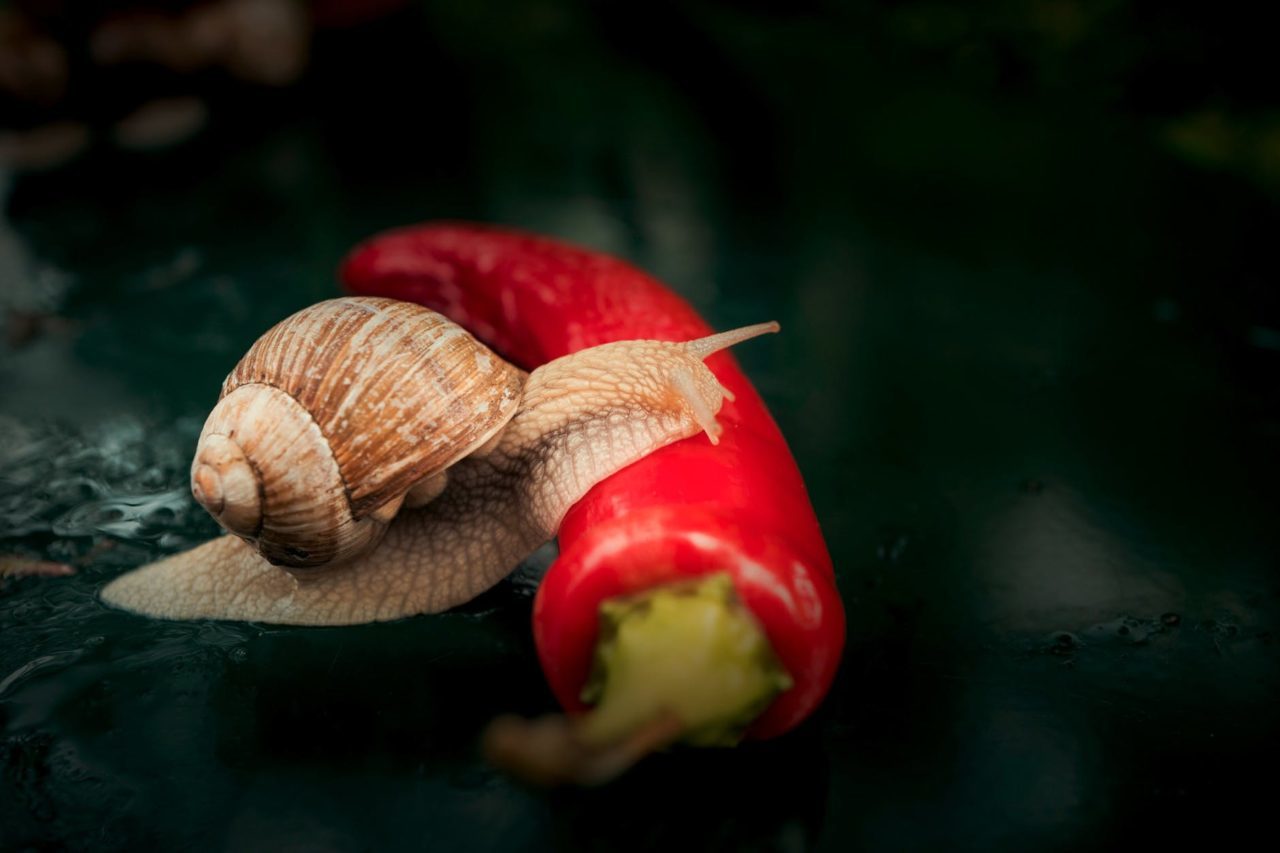Snails and Their Role in Health Care and Food
Snails are fascinating creatures that belong to the mollusk family. Found in both land and aquatic environments, they have a coiled shell that protects their soft body and helps maintain moisture. Snails play an important role in ecosystems as decomposers and also serve as a valuable food source in many cultures around the world. Their slow movement and unique biology have attracted scientific and culinary interest alike.
Snail Nutrition and Health Benefits
Snail meat is highly nutritious, containing lean protein, essential amino acids, iron, calcium, magnesium, and vitamins A and E. Because it is low in fat and cholesterol, snail meat is a healthy alternative to red meat. Many nutritionists recommend snail consumption for individuals seeking high-protein, low-fat diets. Additionally, snail slime, or mucin, has become a popular ingredient in skincare products due to its moisturizing and healing properties.
Snails in Traditional and Modern Medicine
In some cultures, snails have long been used in traditional medicine. Their mucus is known to contain compounds with anti-inflammatory and antibacterial effects, which are beneficial for wound healing and skin regeneration. Modern research supports these findings, and cosmetic industries now use snail extracts in creams and serums to promote healthy, youthful skin. Beyond skincare, snail-derived substances are being studied for potential use in treating certain infections and inflammatory conditions.
Safe Preparation and Consumption
Although snails are healthy, they must be properly cleaned and cooked before eating. Wild snails can carry parasites or bacteria harmful to humans. Before cooking, they should be purged by feeding on safe vegetables or fasting for several days to clear their digestive system. Cooking at high temperatures ensures safety and enhances flavor. Popular dishes like French escargot are prepared with garlic, butter, and herbs, providing a rich and delicious meal.
Snail Farming and Care
Snail farming, also known as heliciculture, is a sustainable agricultural activity that provides both food and income. It requires minimal land and resources, making it environmentally friendly. Farmers provide moist, shaded environments and feed snails a diet of greens, fruits, and calcium sources to strengthen their shells. Maintaining cleanliness and proper humidity levels ensures healthy growth and reduces disease risks in farmed snails.
Feeding and Maintenance for Pet or Farm Snails
Whether kept as pets or farmed for consumption, snails thrive on fresh vegetables such as lettuce, cucumber, spinach, and dandelion leaves. Calcium sources like crushed eggshells or cuttlebone are essential for strong shell formation. The environment should remain humid but not overly wet, and food leftovers should be removed to prevent mold or bacterial growth. With proper care, snails can live for several years and reproduce efficiently.
Snails as a Sustainable Food Source
Snails offer a sustainable and eco-friendly source of protein. They require less water, feed, and space compared to livestock, making them suitable for regions with limited agricultural resources. Promoting snail farming can contribute to food security, reduce environmental impact, and create economic opportunities. Their adaptability and nutritional value make them an excellent choice for future food systems and health-conscious diets.
Conclusion
Snails are more than just slow-moving creatures; they are a valuable source of nutrition, a natural component of skincare, and a symbol of sustainable living. With proper care and preparation, snails can benefit both human health and the environment. Their versatility in food, health care, and ecological balance demonstrates why snails deserve greater appreciation and responsible use.





0 Comments